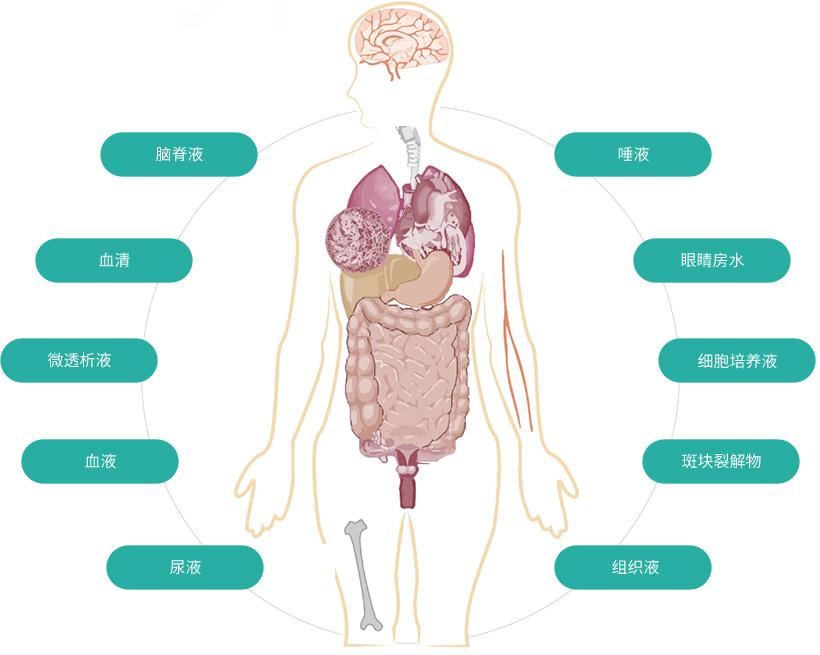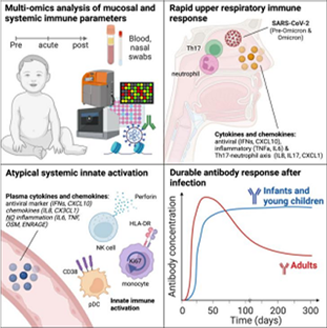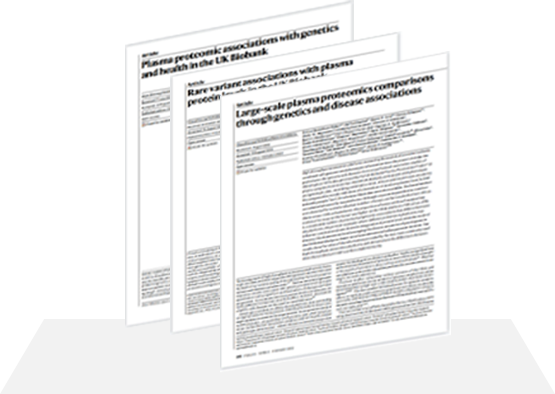Olink Targeted Proteomics is a targeted and highly sensitive microfluidic proteomics based on Proximity Extension Assay (PEA) technology, which realizes quantitative analysis of target proteins in serum, plasma, and other body fluids during diseases and physiological processes through specific recognition of the target proteins by antibodies, and amplification of oligonucleotide sequences at the end of the antibodies.

Widely applicable to serum, various plasmas, tissue lysates, cell culture fluids, cerebrospinal fluid, cell culture fluids, plaque lysates, urine, cell lysates, microvesicles/exosomes, tissue fluids, microdialysis fluids, fine-needle biopsy tissue samples, dried blood spots, synovial fluids, saliva, and eye atrial fluid. Due to the excellent sensitivity, body fluid samples in particular are the most specialized.



COPYRIGHT©Infinity Scope Multi-Omics Biotechnology Co. Ltd., All rights reserved. 浙ICP备2024079019号-1